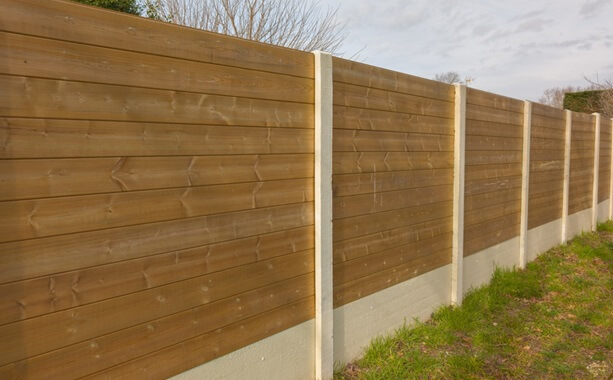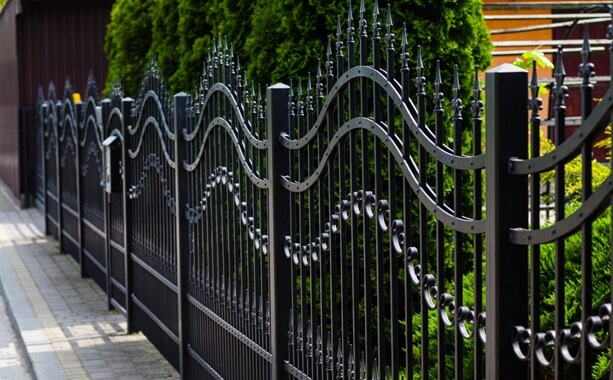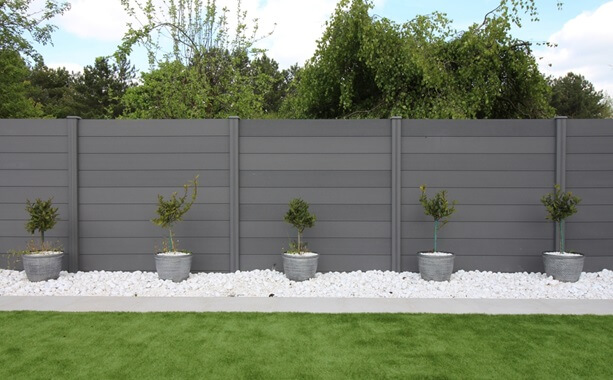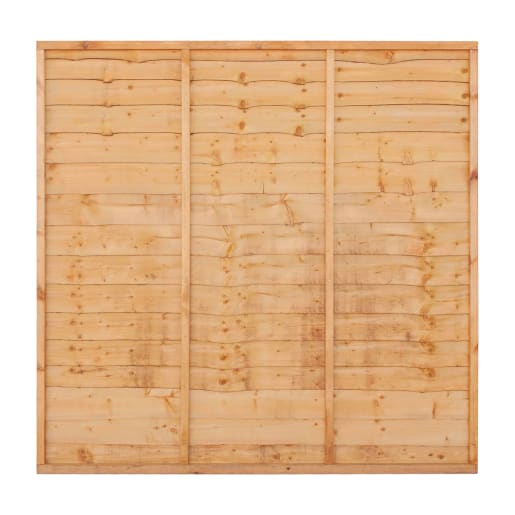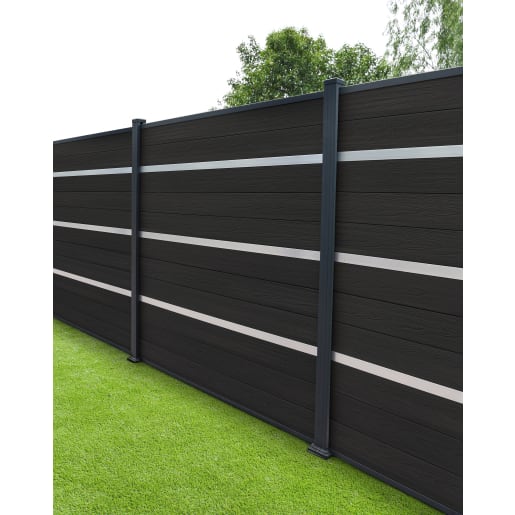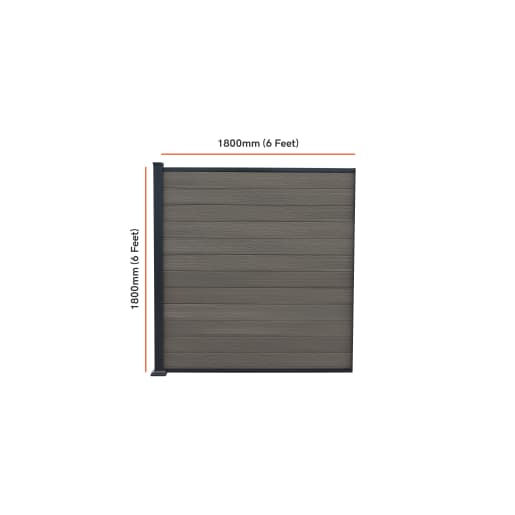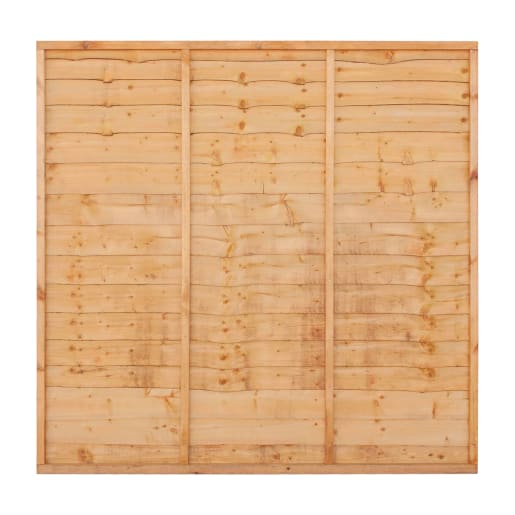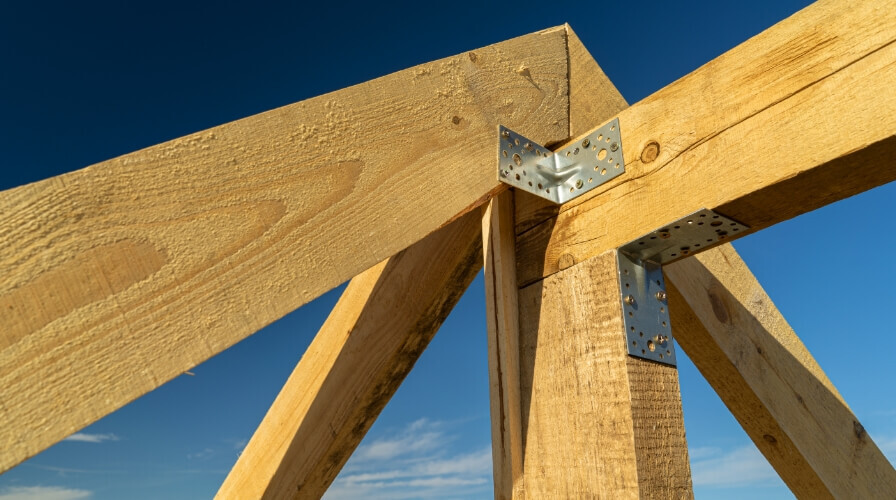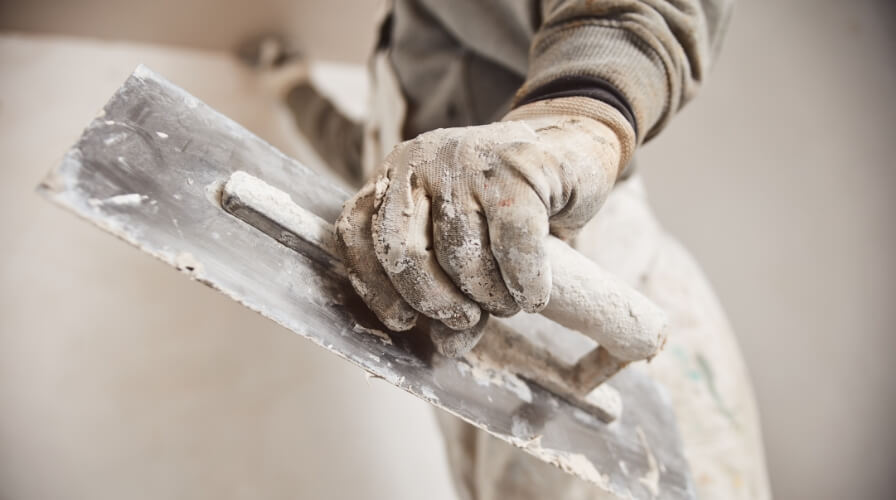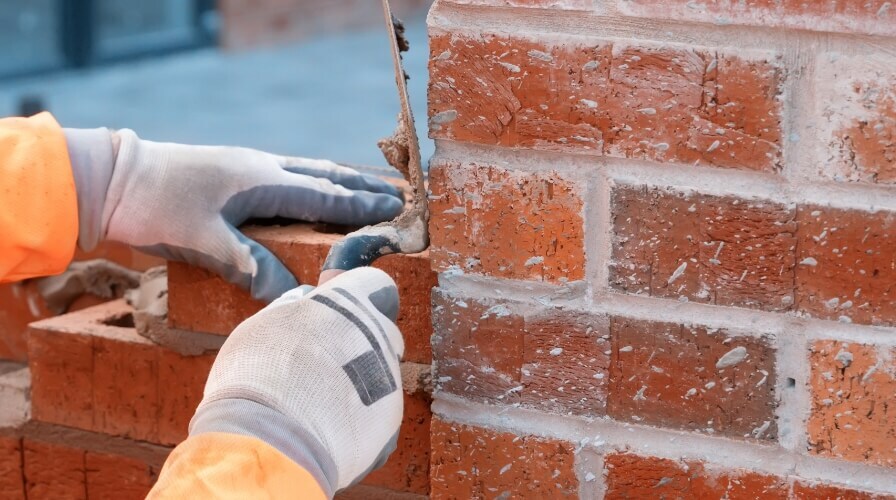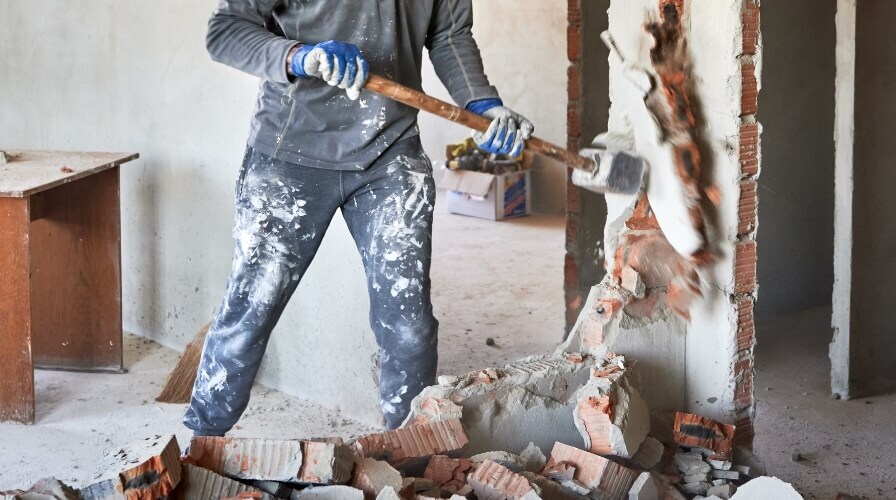What to consider when buying a fence
How tall should the fence be?
This depends on a few factors. Is the fence around the perimeter of the property, or is it being used for decoration and sectioning elsewhere? You should consider the direction of sunlight and how the height of the fence will potentially affect this. Don’t forget to check building regulations and consult with your local council as there will be certain limitations on the height of fences you’re allowed to erect.
Where will the fence be installed?
Where you're installing your fence will have an influence on what style and height of fences you choose. For example, front gardens look better with lower, open fences. If you have a larger area that you're fencing off, it may not be necessary to use the same fencing throughout. Similarly, if your customer has pets or children, it's best to use closeboard fencing for better security.
What style do you want?
Fence panels come in a variety of styles, from classic to contemporary. Consider the overall project and the final look that your customer is going for. Think about colour, privacy, strength and the commitment level to aftercare. If your customer wants low-maintenance, it's best to go for metal or composite options.
Consider durability
Fences need to be able to withstand all weathers, so it's important to take the time to consider accessories that will help with their durability. Fence posts come in both wood and concrete so you can choose the appropriate material for your project needs. The same goes for gravel boards, available in different materials to keep your fence panels dry and provide a sturdy foundation. Lastly, if you're adding a gate into your fencing project, don't forget the right gate accessories. Gates see a high volume of traffic, and hardware is more susceptible to wear and tear or rust. Select high quality hardware to keep your customers going.
